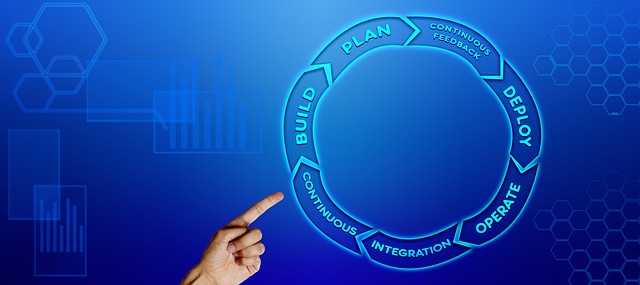
The Essential Guide to Understanding the Software Lifecycle in IT
The software lifecycle is a crucial framework that guides the development, maintenance, and eventual retirement of software applications. Understanding this cycle is essential for professionals in the information technology sector, as it helps streamline processes, enhance productivity, and improve software quality. The software lifecycle encompasses several phases: planning, development, testing, deployment, and maintenance. Each of these phases is interconnected, creating a continuous loop that contributes to the software’s evolution over time.
In the planning phase, IT teams work closely with stakeholders to gather requirements and define the project scope. This stage is critical, as poor planning can lead to misunderstandings and misaligned objectives. By clearly identifying the needs and expectations of users, teams can create a more focused development strategy that aligns with business goals.
The next phase is development, where software developers transform the project’s requirements into functional code. This stage involves various methodologies, such as Agile or Waterfall, each offering different approaches to managing changes and updates. Adopting a flexible approach is vital, as it allows teams to adapt to changing requirements and ensure that the final product delivers real value to users.
Following development, the testing phase is crucial for identifying defects and ensuring the software operates as intended. This stage includes unit testing, integration testing, and user acceptance testing. Testing is not merely a formality; it is an opportunity to refine the product and enhance user experience. Thorough testing helps mitigate risks and can save time and resources in the long run.
Once testing is complete, the software moves to the deployment stage. This is where the application is made available to users, often involving user training and support to facilitate smooth adoption. Effective deployment strategies can lead to minimized disruptions and maximize user satisfaction, making this phase pivotal in the software lifecycle.
The final stage is maintenance, which involves ongoing updates and support to address any issues that arise post-deployment. This phase is crucial for ensuring the software remains relevant, functional, and secure over time. As user needs evolve and new technologies emerge, continuous maintenance and updates play a vital role in the software lifecycle, allowing IT professionals to adapt and innovate.
Embracing the software lifecycle framework allows IT professionals to effectively manage software projects, ensuring high-quality outcomes. By understanding this essential guide, tech teams can streamline their processes, foster better collaboration, and ultimately deliver software solutions that meet and exceed user needs.


